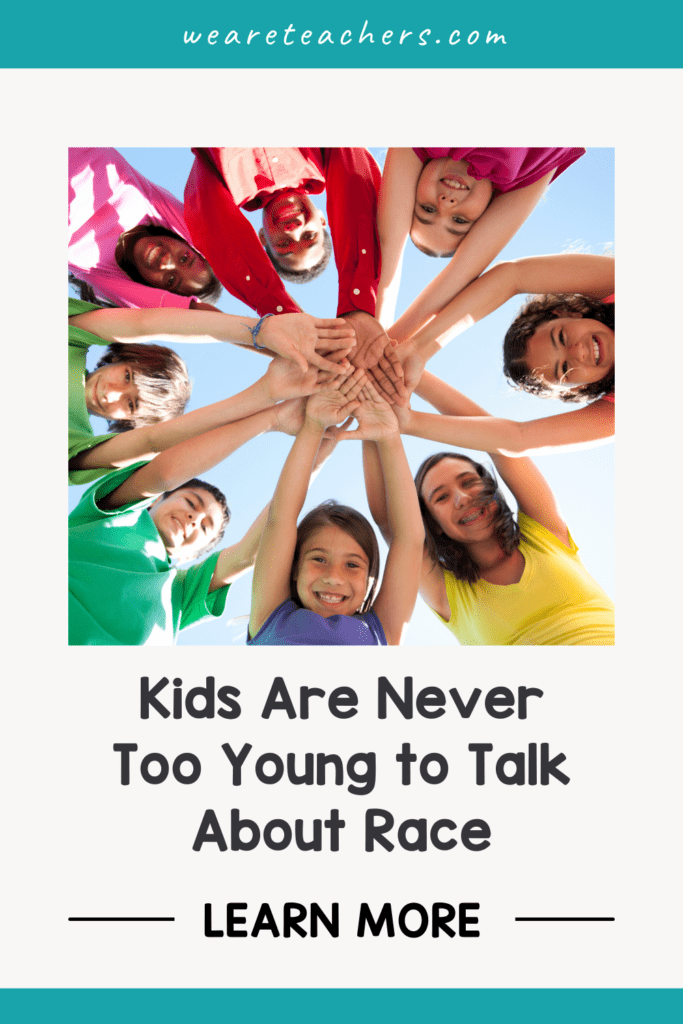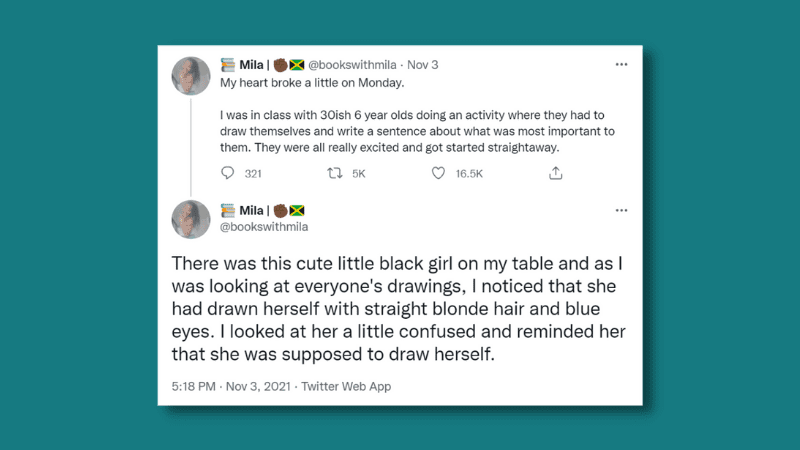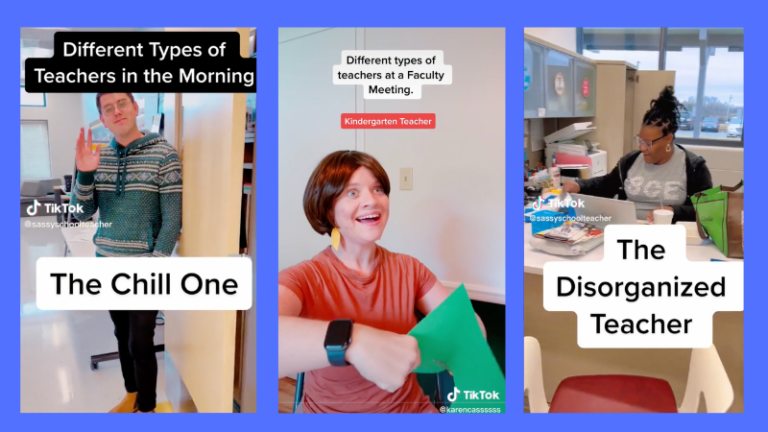I recently came across a kindergarten teacher’s tweets in which she shared that one of her Black students drew a picture of herself with blond hair and blue eyes. When she asked the 6-year-old why, the child replied, “So I can be beautiful.”
I thought back to my own kindergarten experience, playing with my dolls that my grandmother had bought. We had done show and tell earlier that day and had been given some free time shortly after. Of course, many of us had chosen to play with what we had brought in. I vividly remember a classmate telling me that my doll was “ugly” because her skin was darker and her hair was “nappy.” This classmate much preferred her dolls, with their straight, “yellow” hair and their “peach” skin. My grandmother had chosen these features for my handmade porcelain doll as an affirmation of my identity, but at school, this identity was threatened.
I was dismayed, but not surprised, by the thread. It’s clear that children continue to be taught, implicitly or explicitly, that whiteness is better, prettier, and preferable. And if a kindergartener is internalizing messages like these, then it’s not “too young” to begin teaching students about race.
What is racial socialization?
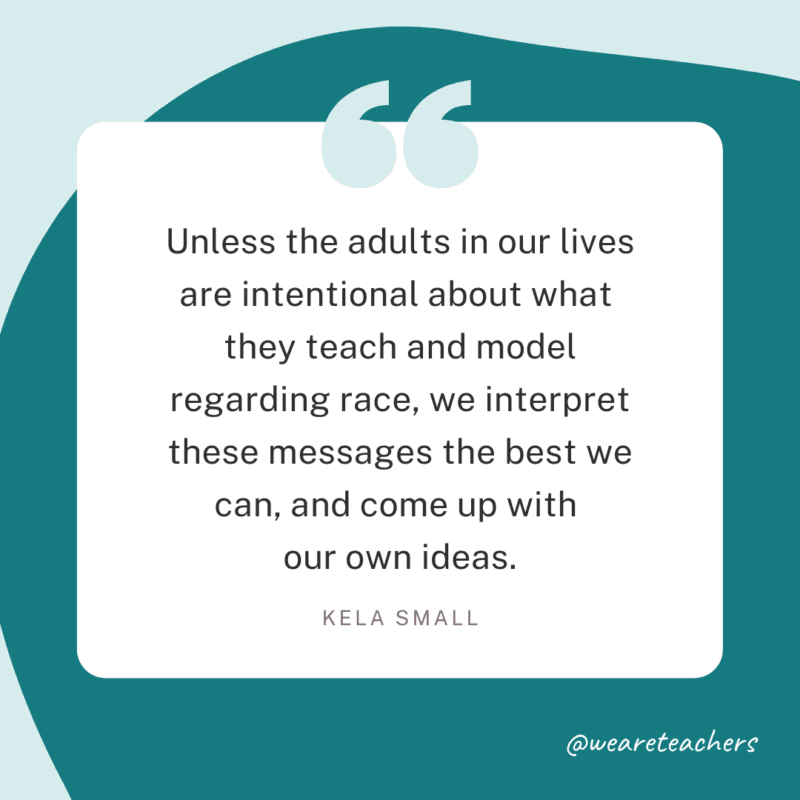
Racial socialization is real. It isn’t what’s explicitly taught about race in the home or even in the media. Racial socialization happens just like all other kinds of socialization. We are rarely explicitly taught to turn forward in an elevator, but we do it anyway. Likewise, we learn what it means to be who we are based on how we are treated and how we see people being treated. Researchers at Yale have found that “infants as young as six months old can recognize differences in skin color. By age two and a half, research has shown, children prefer playmates who are similar in race and gender. And as early as age three, they are forming judgments about people based on racial differences.” Unless the adults in our lives are intentional about what they teach and model regarding race, we interpret these messages the best we can and come up with our own ideas.
What happens if we fail to have conversations about race with children?

Children who have to process abstract ideas about what it means to be Black, White, Asian, Hispanic without adult guidance will more than likely conclude that it’s not a good thing to be a minority. While there is more representation than ever, it’s not enough to combat the ideas about race that already exist in our society. Either directly or indirectly, all children, whether BIPOC or not, will absorb anti-BIPOC ideas. White children may be at risk of having less empathy toward and understanding of people who don’t look like them. And BIPOC children may have less empathy and understanding for themselves and those who look like them. BIPOC children may even try to shirk their own culture because being themselves can come off as a threat to their safety or social acceptance. They may grow up to feel conflicted and shunned from their own groups because they “act white.”
What can we do about it?
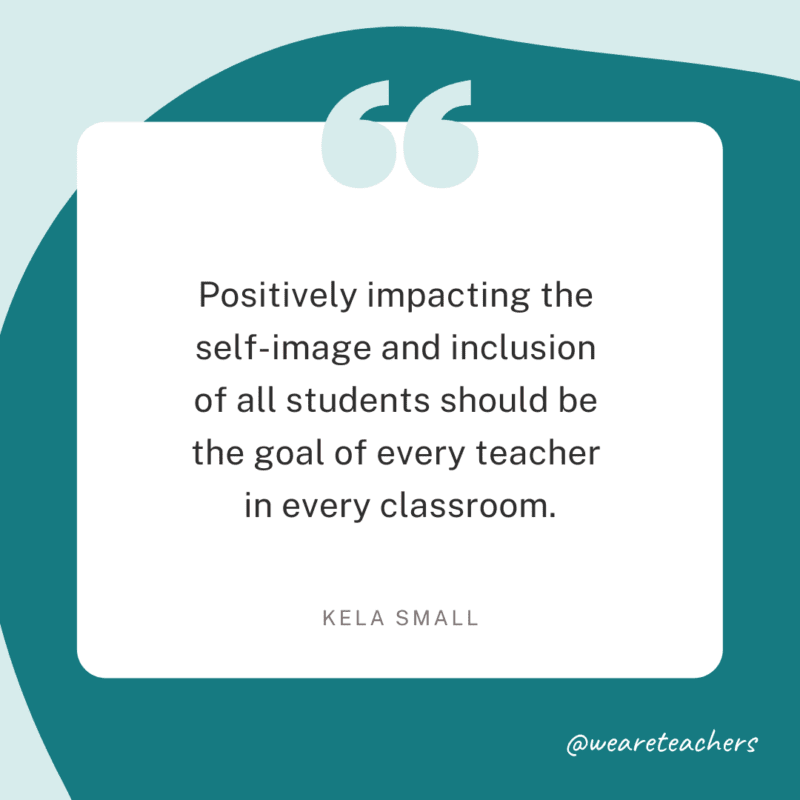
Race is a hotbed topic in the country and recently has become a highly contentious educational topic as well. Regardless of political leanings, however, encouraging positive racial socialization in the classroom is something all teachers should support and work toward. Positively impacting the self-image and inclusion of all students should be the goal of every teacher in every classroom.
Ways to encourage positive racial socialization in the classroom:
- Educate yourself on the represented racial groups in your community at large, not just your school or classroom. Students interact with people outside of the classroom, so consider their whole lives when trying to have a positive effect on their racial socialization.
- Instead of discussing race and ability as “differences,” use more inclusive language that doesn’t center whiteness or ability.
- Model how to talk about individuals vs. groups and what stereotypes are. Help children learn to focus on experiences, not appearances.
- When you can choose the materials you use in class, select books, art, and historical examples that have positive depictions of BIPOC people from history and today. Becauseofthemwecan.com is a great resource for teachers looking to celebrate African-American accomplishments from the past and present.
- Encourage students to ask questions. Provide positive and inclusive sentence stems to help them learn how to ask questions respectfully when they are curious. “In my house, we do _______. What do you do in your house?”
- Be mindful of the children who are in the minority in your classroom and consider the power imbalances that creates. Check in with children who may be more vulnerable because they are in the minority. Create a mailbox for them to communicate with you to voice their concerns and show them how to use it.
Everyone who is in a position to influence children has a responsibility to positively impact their racial socialization. We can’t pass the buck along; there’s too much at stake.
We’d love to hear your thoughts, so please share in the comments.
And for more articles like this, be sure to subscribe to our newsletters.
